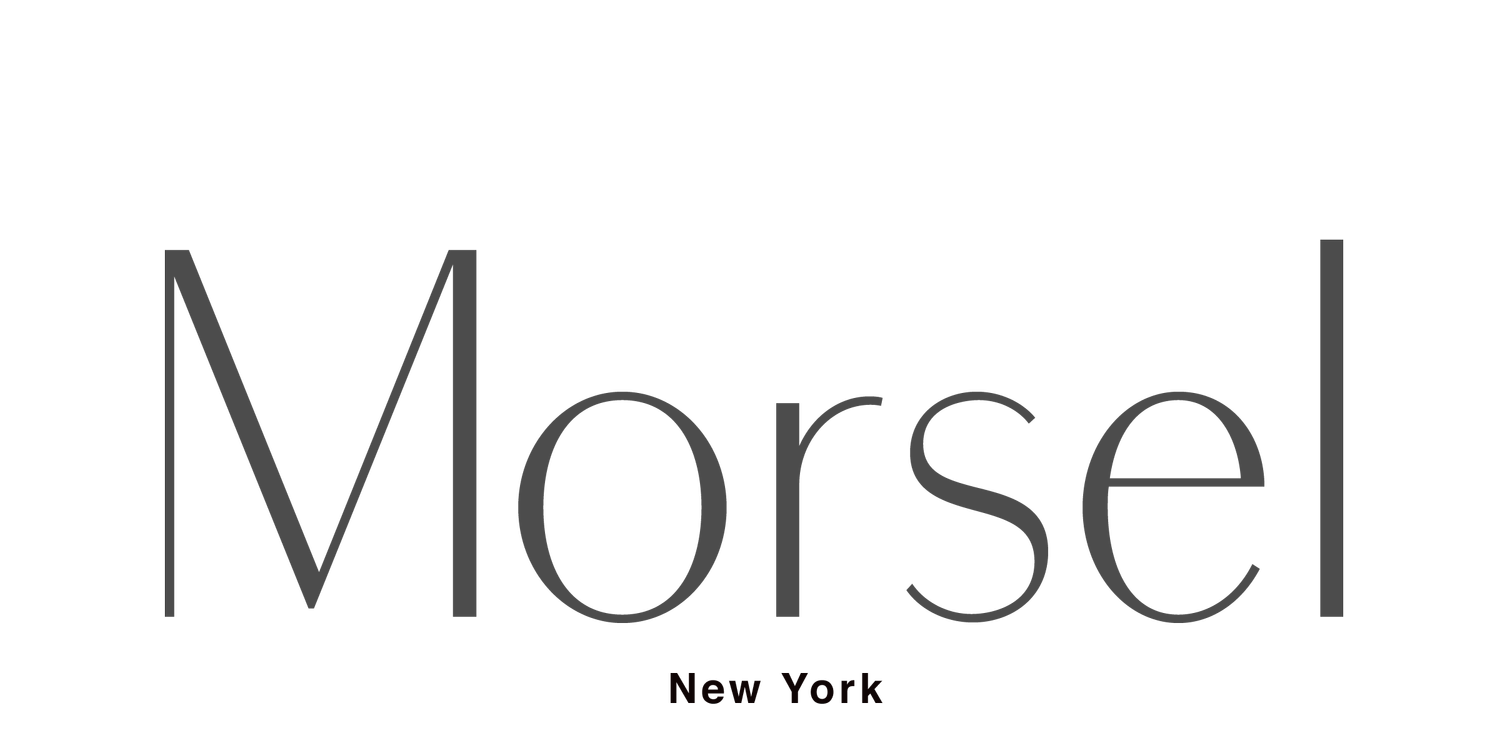Over 100 Years Ago, the US Government Commissioned 7,500 Watercolor Paintings of Every Kind of Fruit in the Country
By Chloe Olewitz
A self-described artist and activist, Parker Higgins taught himself to code while working at the Electronic Frontier Foundation doing activism around free speech issues. “I’m most passionate about the way free speech issues intersect with questions of copyright and the public domain, and a sort of cultural commons,” said Higgins. With a background in information activism, he certainly never thought he’d be the one to make public the United States Department of Agriculture’s official Pomological Watercolor Collection. But these days, Higgins is obsessed with old fruit pictures.
Pomology:
Noun | po·mol·o·gy | pō-ˈmä-lə-jē
The science and practice of growing fruit
First known use: 1818
The Pomological Watercolor Collection comprises over 7,500 paintings, drawings, and wax models commissioned by the USDA between 1886 and 1942. As farmers across the United States worked with the USDA to set up orchards to serve emerging markets, the country’s most prolific fruit-producing regions began to take shape. About 65 American artists contributed to the collection, tasked by the USDA to document the thousands and thousands of varieties of heirloom and experimental fruit cultivars sprouting up nationwide.
Before photography was a popular artistic medium, before it was even considered a reliable tool of record, these watercolor paintings and line drawings served to document thousands of cultivars related to every fruit family quite literally sprouting up across the nation. From apples to avocados and peaches to persimmons, the Pomological Watercolor Collection gave citizens, farmers, and agricultural collectives comprehensive access to a database of technically accurate and highly detailed encyclopedic information.
Higgins first learned to program in order to download the collection in its entirety, with an eye towards making the images available to the public and building @pomological, the Twitter bot that he affectionately named Old Fruit Pictures. “The collection really is remarkable. The fruits themselves can be really remarkable because they’re heirloom varieties we don’t see anymore, but the images also show a level of skill and craftsmanship from the artists.”
Although Higgins makes it sound simple, bringing the collection to the people was a feat of will, activism, and support from the open source and open data community. Higgins originally stumbled on the Pomological Watercolor Collection after challenging himself to discover one new cool public domain thing every day for a month. “I didn’t find this collection because I love heirloom fruits,” he said. “That was a secondary thing.”
The collection ticked all the boxes of his personal challenge, but Higgins quickly realized that access to the images was limited, with high resolution versions hidden behind a largely untouched paywall. In 2015, Higgins submitted a Freedom of Information Act request in order to learn how the digitization had unfolded. “At the time, the USDA was charging for access to the images in order to offset the cost of digitization,” said Higgins, “so I looked into whether they had ever made any money from this. It had cost something like $300,000 to digitize the whole collection, and over the five years since, they had collected under $600 in fees.”
The math was simple. Continue charging fees for another 2,000 years and maybe break even, or cut their losses and put the thing online to be used as a public resource, as was originally intended. “There’s a lot of inertia in the federal government. If something isn’t public already, no one wants to flip the switch,” said Higgins. To their credit, and, according to Higgins, thanks to some pressure from open data community members positioned in the White House, the USDA ended up making the full digital archive available, high resolution versions and all.
Coincidentally, Higgins discovered that his career in information access and knowledge advocacy shares a common lexicon with agriculture and environmentalism. “We talk about a commons, like the Wikimedia Commons, which was originally an agricultural concept. The commons is where everyone brings their sheep. And we talk about planting ideas so that they can grow like seeds. The connection isn’t lost on me,” Higgins said. With the Pomological bot up and running smoothly, Higgins doesn’t do much more than maintenance on the code these days. But he does see a direct correlation between what he learned creating the bot and his newfound interest in food activism.
Higgins admits creating a Twitter bot is a goofy project. Every three hours, Old Fruit Pictures tweets out a single image from the Pomological Watercolor Collection, which Higgins has come to learn is just enough. “7,500 pictures of anything is completely intimidating. What does it mean to have 4,000 paintings of apples? The bot shows you one at a time, so it’s at a scale where you can appreciate it.” The collection itself documents decades worth of lost species, and could very well serve to inform the past, present, and future of this country’s agricultural landscape. To Higgins, the bot’s work boiling down a prohibitively overwhelming archive to a single image at a time is a worthwhile endeavor. “It’s a moment of respite in a feed that is increasingly dominated by bad news.”
Aside from the pause to ponder pretty and mostly extinct families of fruit cultivars, Higgins’ effort to make the full Pomological Watercolor Collection accessible to the public serves the project’s original purpose. “A hundred years ago this was a government service that was helpful, that we agreed on, that we pooled common resources to make available. It helped people live healthier, more enjoyable lives. I like to reflect on that a little bit, every three hours when a new Old Fruit Picture pops up.”
Illustrations: Various Artists


